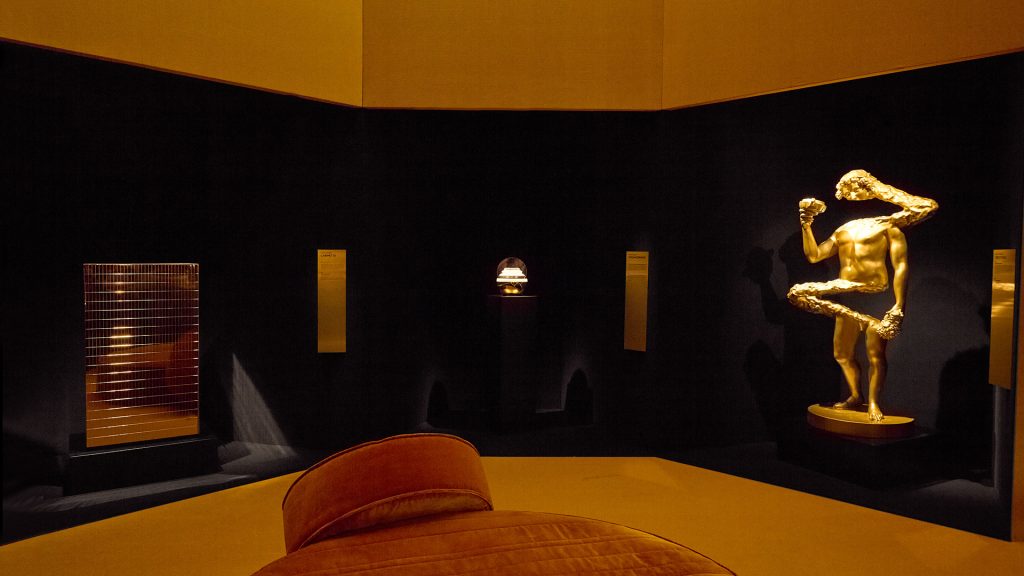Pirelli: Innovation and Luxury
The VP of Research and Development on how the team creatively approaches customer demands, technology and design problem solving

Founded in 1872 and represented in over 160 countries, it’s no surprise that when people think of tires they think of Pirelli. Given that tires are integral to a vehicle’s functionality, handling and performance; it’s essential that they’re high quality—and therefore something that all drivers need to think about more.
Pirelli is also known for its successful involvement in motorsports, including Formula One, where they are currently the exclusive tire supplier and the iconic annual Pirelli Calendar. Thanks to its strong, 140 year heritage in motorsports, Pirelli acutely understands the combined science and art of designing premium tires. With the recent release of the P Zero All Season Plus tire, and their real-time user-controlled camera view of tires in action at Highway Zero, Pirelli has proven to be ahead of the curve in product design and creativity. We wanted to find out more about the process of creating a luxury tire, so we spoke with Steve Carpino—Vice President of Research and Development at Pirelli North America—about product innovation, form versus function and the difference between “luxury” and “premium”.
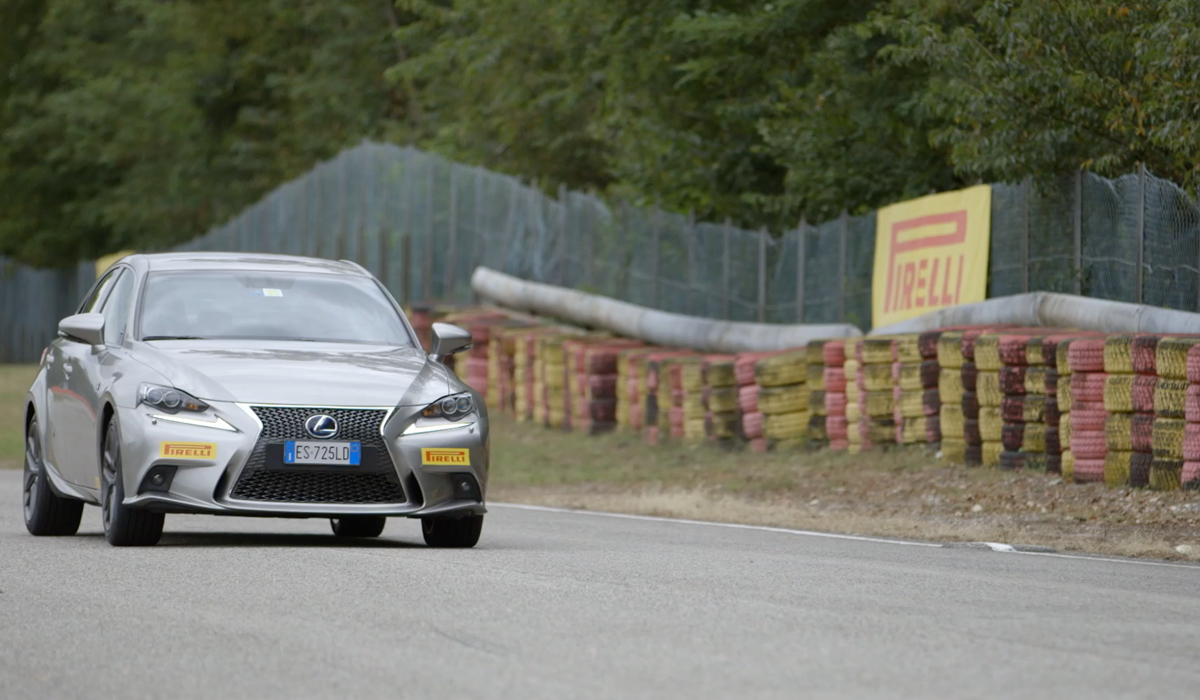
While many may think all tires look the same, there is an art versus science conundrum in tire design. Carpino tells CH, “Where this happens on many projects is in the area of the design of the tread pattern styling. This is really the ‘face’ of the product that the customer sees. This visual part of the product has the highest artistic component since there are both technical and stylistic elements. This is really our chance to make the first impression with the customer visually.”
The term “reinventing the wheel” needs no explanation, so it might surprise some drivers to learn that tire design and manufacturing is an innovative field. From research and design to understanding their clients’ desires, Pirelli remains at the forefront of the industry through its commitment to research and development—and understanding customers’ needs and desires. Carpino says that sometimes consumer requirements can be quite different than those of the company’s auto manufacturer clients. “Technical solutions and overall balance of performance of the tire can be quite different for two customers, even if the products appear to be the same on the outside. Specific requirements are defined and developed using our internal R&D, external suppliers or through research with our university partners.” A list of new requirements can become difficult design problems to solve as the technology needed might not exist yet. In those cases, Pirelli’s team works with their suppliers and universities to find new and innovative solutions.
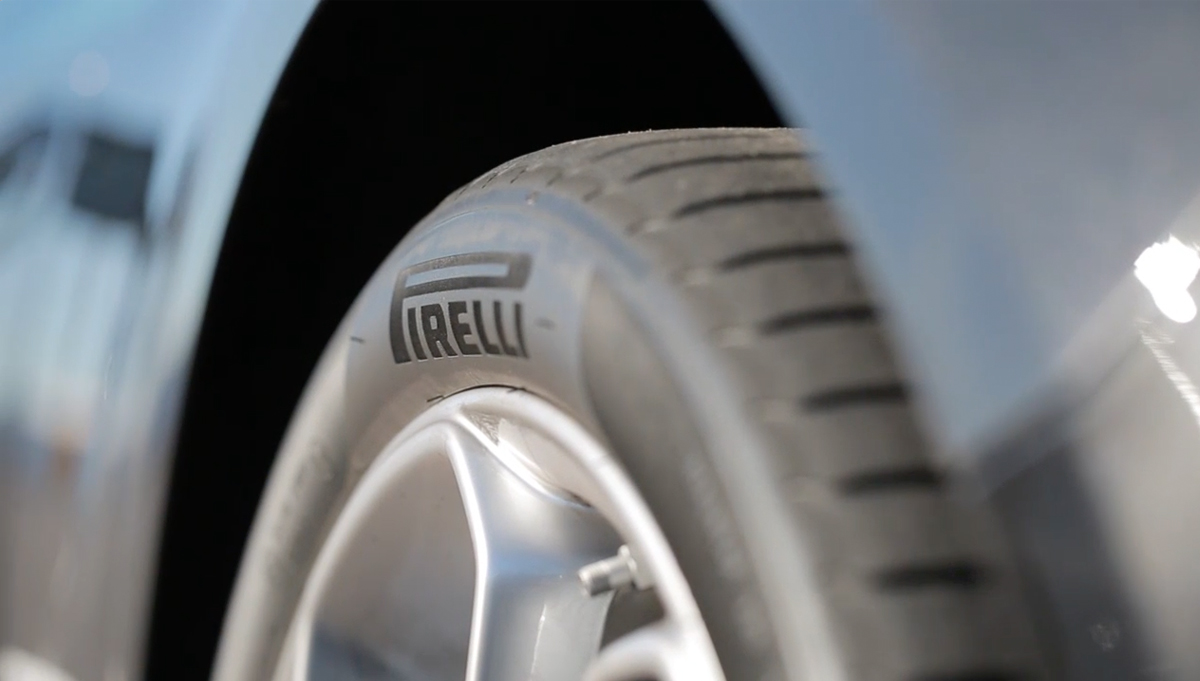
It’s not enough to develop innovative new technology if it is not used in a way that meets the specific requirements of the customer.
“In the case of materials, it may require something new to be developed—a polymer, chemical, resin, etc,” Carpino says. “It could also be a new type of manufacturing process that may be needed to reach the targets. This new technology is then fed back into the internal development process for the new product. In the end, it is critical to understand the requirements of the customer to ensure that we have reached the target at the end of the new product loop of development. It’s not enough to develop innovative new technology if it is not used in a way that meets the specific requirements of the customer.”
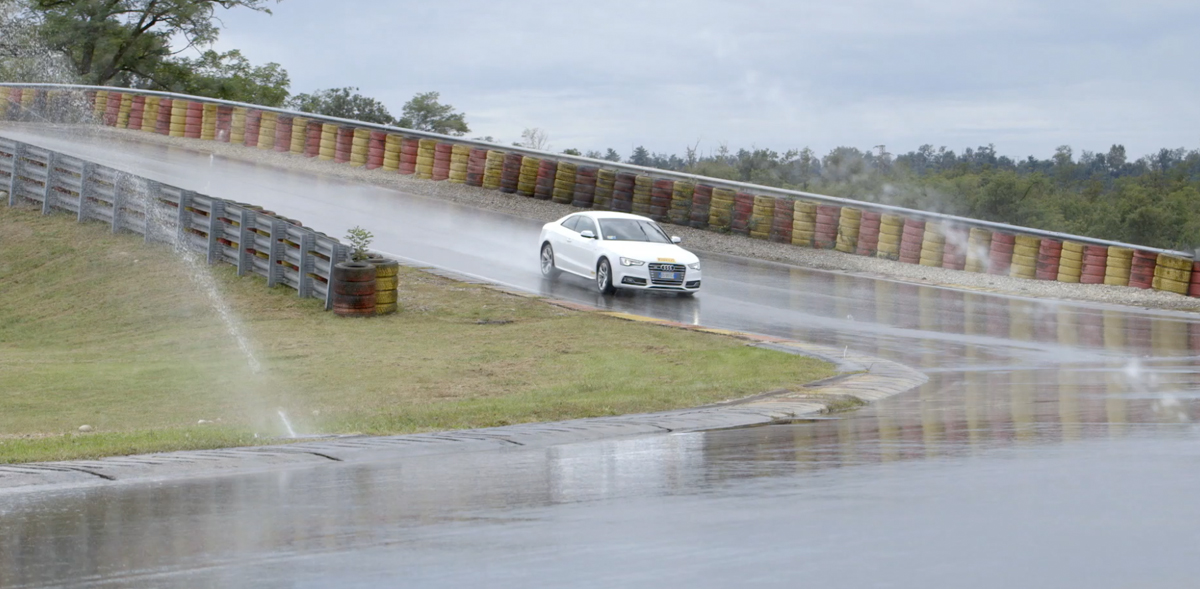
Pirelli is known for making high-end products, but Carpino explains that the difference between “premium” and “luxury” is an important one. “‘Premium’ relates to our overall brand and can be applied to all aspects of tire performance—handling, braking, traction, treadwear, noise. ‘Luxury’ relates more specifically to the noise and comfort aspects of the tire. These are critical aspects to the overall customer perception of the tire and how it affects the overall driving experience. Noise while rolling, changes in noise on different surfaces, softness of impact, vibration—it’s very easy for the customer to detect these properties in the tire/vehicle system as soon as they drive the tire for the first time,” he says.
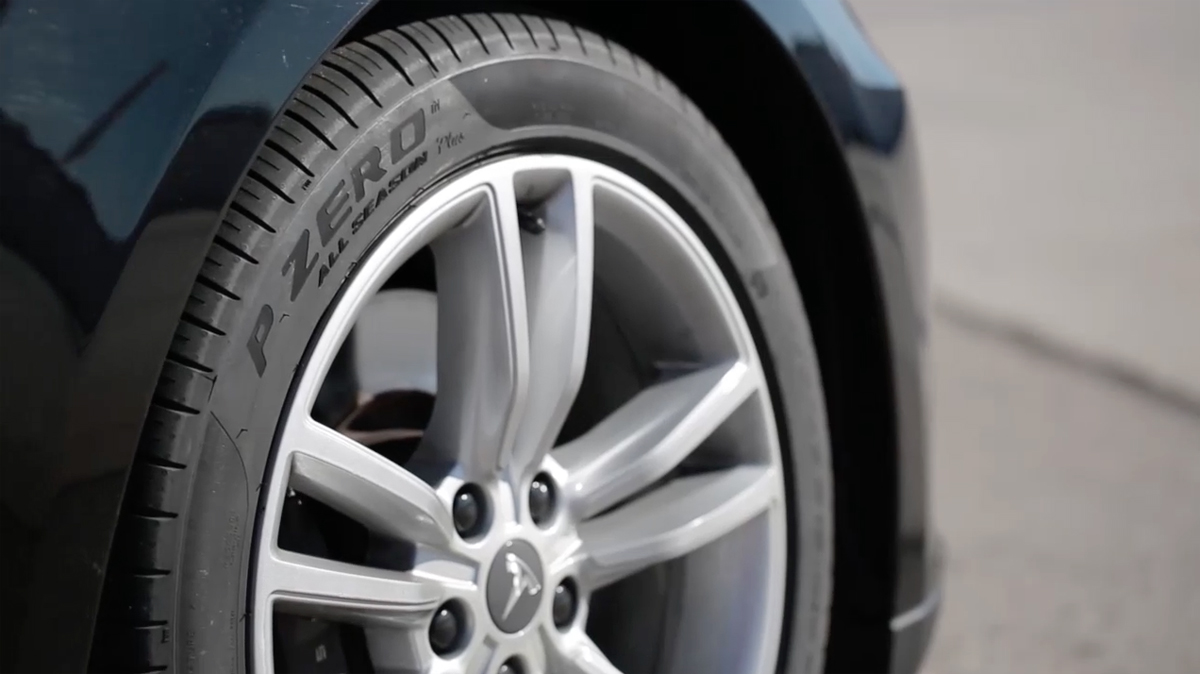
Interestingly, lighter, more fuel-efficient cars have had an effect on the noise levels. Carpino says that the increase in noise has made for some creative new approaches to their designs. “One new technology that we offer to our auto manufacturer customers is the Pirelli Noise Canceling System (PNCS). This is a special acoustic foam that is applied to the inside of the tire after it is produced. It significantly reduces the overall noise level inside the vehicle and is easily perceived by the customer. Using the PCNS inside a tire allows a vehicle manufacturer to reach a much lower overall noise level without the need to make major changes to the vehicle—and contributes to that luxury feel that the customer wants.”
Images courtesy of Pirelli






